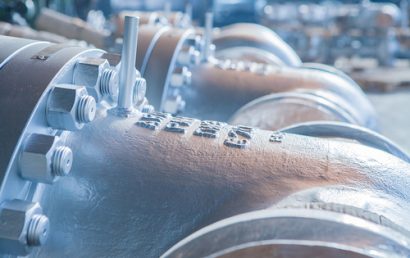A Beginner’s Guide To Materials Engineering
When it comes to the manufacturing and construction of tools and equipment, a vital role is played by materials. The right or wrong kind of material can add or subtract exponentially to the life and economy of the machinery. These materials need to be engineered (or fashioned). Materials engineering, or surface fashioning, employs various aspects. Particular designs, for example, call for specific materials. Materials engineers will deal with things like metal failures and their causes, working with organic compounds, nanotechnology, ceramic materials, thermoplastics, taps and dies, and engineering materials and their mechanical properties.
A Little History on Materials Engineering
Early man needed to learn quickly how to utilize simple tools and various materials in their construction. The competency of early man in their dealings with those various kinds of materials can be determined and classified by terms such as iron age, bronze age, and stone age. In fact, primitive mining methods are where the modern science of metallurgy evolved from. Since the beginning of history, central to quality of life, security, prosperity, and growth have been the discovery of new materials. The door to technologies such as electrical engineering, biomedical, mechanical, agricultural, aeronautical, nuclear, construction, chemical, and civil technologies have been opened by new materials.
The Selection of Material
Different types of materials are used for varying kinds of machines or equipment. An important function of effective engineering design is the selection of the proper material. In terms of economic and industrial aspects, material selection is, in part, responsible for the design’s reliability.
As an example, materials that can endure the effects of corrosion need to be used in underwater machinery or tools. It simply would not do to use a material that did not withstand the effects of saltwater or freshwater, depending on the type of environment being referred to. Someone knowledgeable in materials engineering will know this and choose accordingly.
Operational temperatures, environmental exposure, and working conditions all have a major impact on the efficiency of equipment or machinery. Serious implications will arise if, during the time of manufacturing, the proper materials are not analyzed, chosen, and utilized.
Material Engineering Involves Testing
One aspect of the manufacturing process and material engineering is the testing of metals and other materials. In order to be deemed fit for use factors such as permeability, ductility, strain, metal fatigue, impact strength, fracture, necking, and stress must be tested. These tests, involving various types of testing equipment, provide detailed information which will assess whether or not a material is suitable for use in the fabrication of a component. An individual trained in materials engineering knows how to not only test materials but process the information gleaned from those tests.
Materials engineers are very nearly the masters of the engineering universe. They are responsible for understanding the relationships between performance, processing, structure, and properties of materials. Materials are an integral part of our society and economy. So much so that specifically trained individuals must oversee the development of new materials and the handling of already discovered and utilized materials. Individuals trained in this manner are invaluable to our world today.



